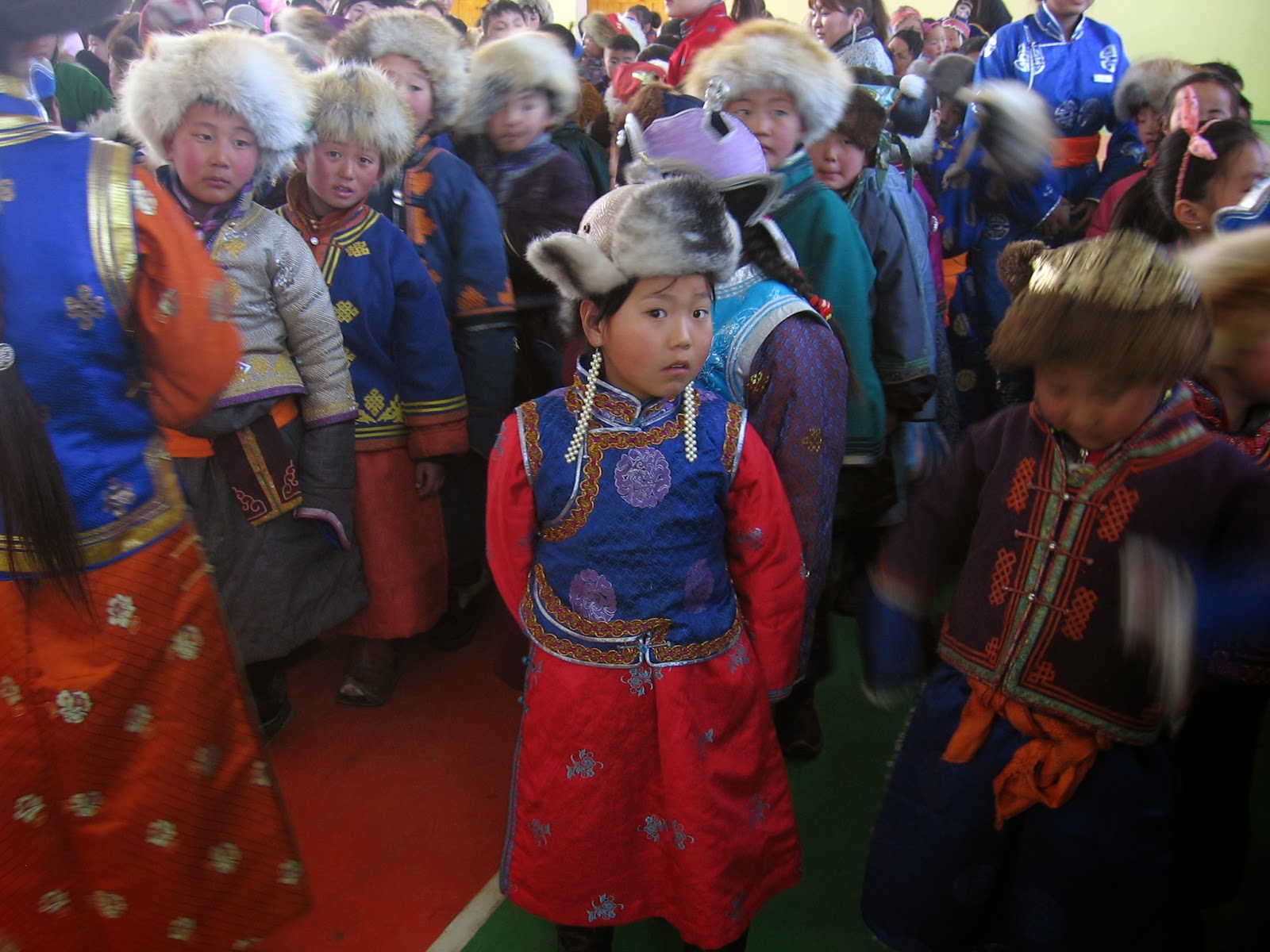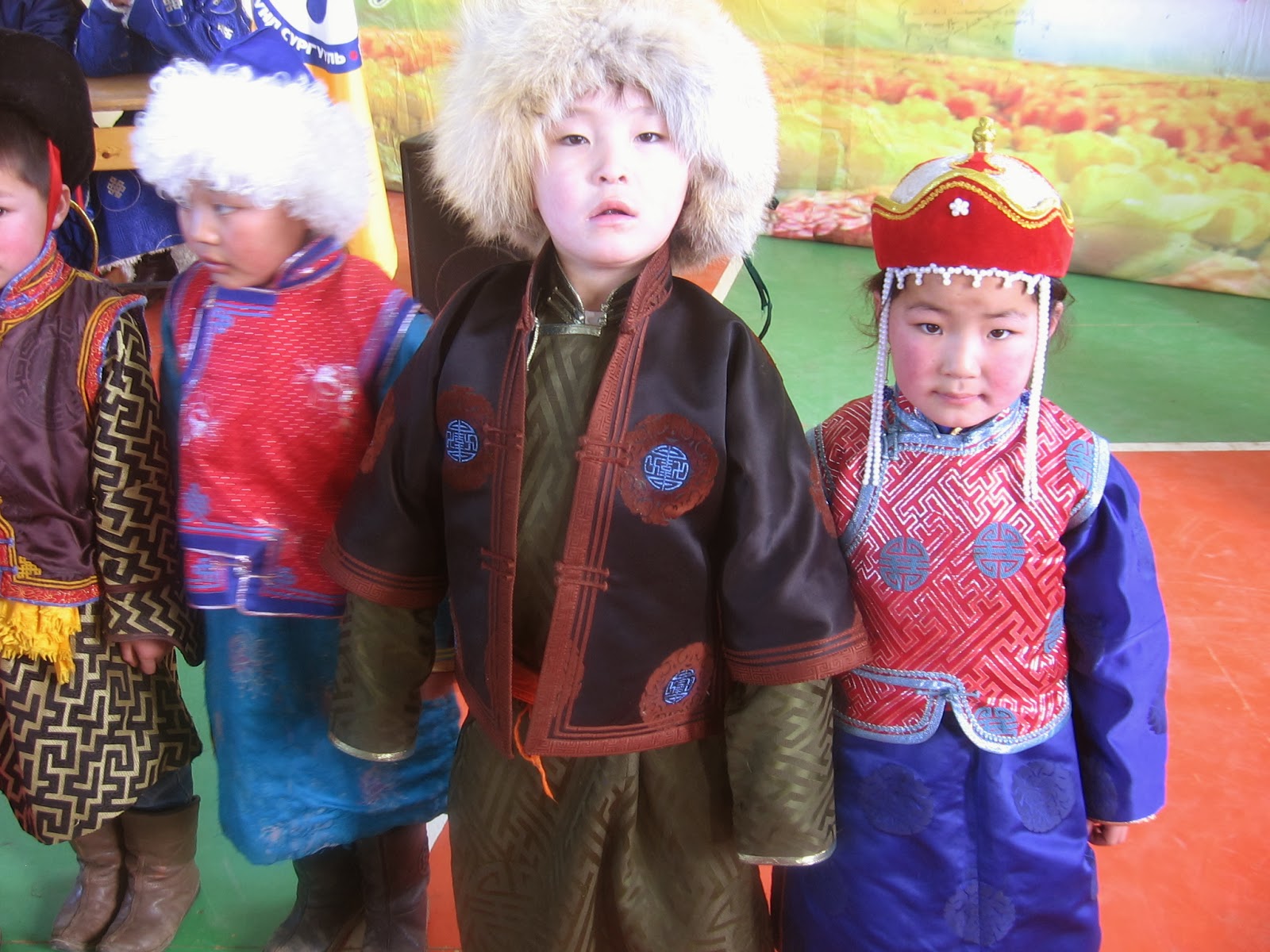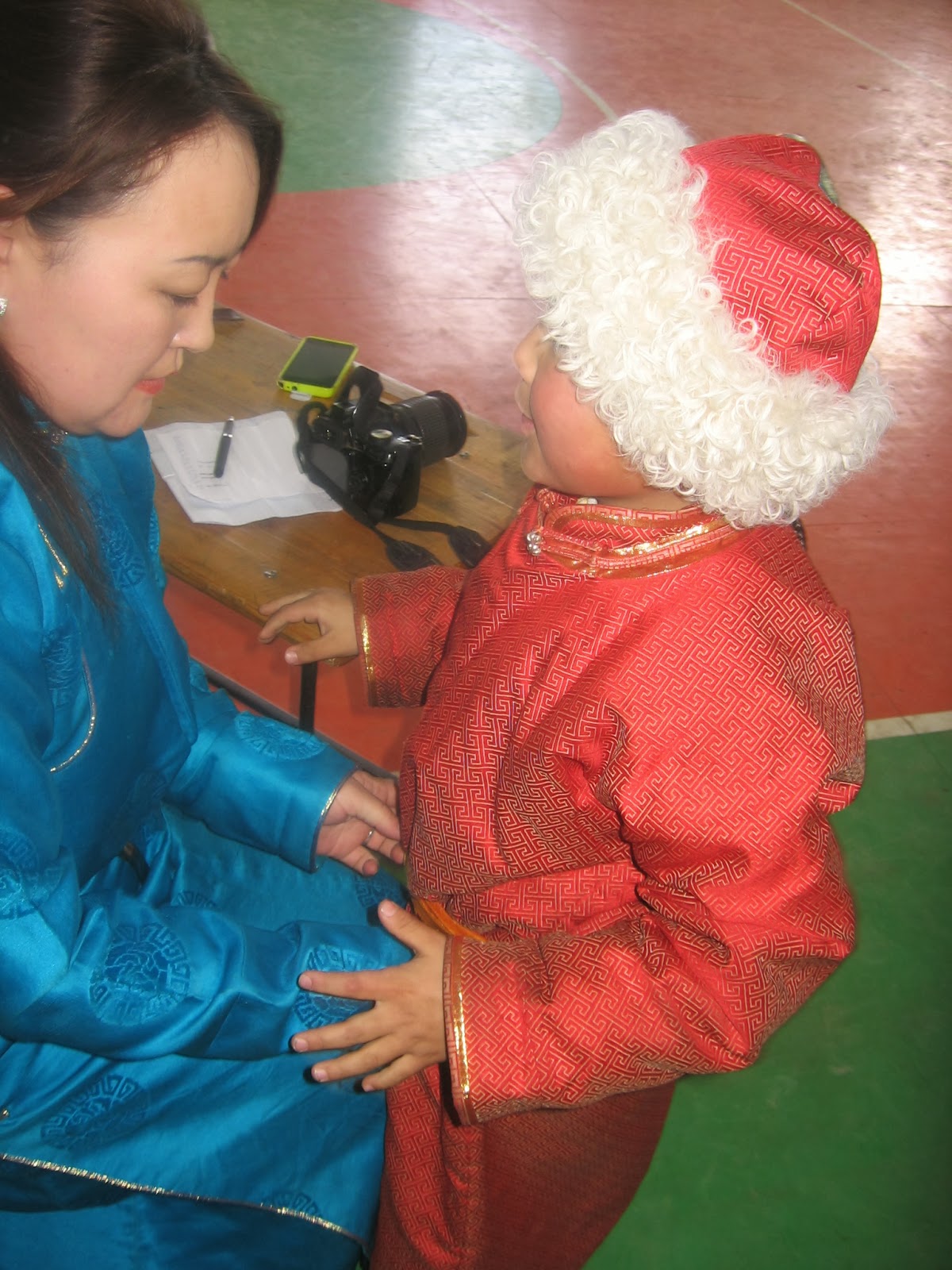How the history of "дэвтэр" reflects the history of writing
| Cyrillic | дэвтэр |
|
| Transcription | devter | |
| IPA | [ˈteʍ.thɪr] [ˈteɸ.thɪr] |
|
| Layman’s Pronunciation |
"DEFF-tihr" (or sort of like "deaf tear") |
|
| Translation | notebook | |
| In Classical Mongolian it was debter. | ||
In modern times, Mongolian has borrowed the English word "notebook" as нөүтбүк (nöütbük) to refer to a laptop computer. The word doesn't seem to appear in dictionaries yet, but a Google search turns up many pictures of laptops. Instead the Mongolians call their paper notebooks дэвтэр, which can also refer to a notepad, ledger, log, journal, or diary. There are зургийн дэвтэр (zurgiin devter, "sketchbook"), and I once had a Mongolian-Chinese ярианы дэвтэр (yariany devter, "phrase book"). But despite its mundaneness, дэвтэр has had quite an adventure getting to Mongolia.
The Notebook's Journey Around the World
Similar words for notebooks are found in Turkic languages: Kazakh дәптер (däpter), Kyrgyz дептер (depter), and Uzbek daftar. These words came from either Arabic دَفْتَر (daftar) or Persian دفتر (daftar). Arabic and Persian seem to have taken it from Aramaic דפתרא / ܕܦܬܪܐ(dptr), which in turn came from Greek διφθέρα. [1] My guess is that the direct ancestor to дэвтэр is Uyghur دەپتەر (depter), since the Mongolians also took their traditional script from Uyghurs. The Uyghur script was adapted from the Sogdian script, which was adapted from the Aramaic script - similar to дэвтэр itself. (The Uyghurs have abandoned this script in favor of the Arabic alphabet.)
Greece to Mongolia is a long way for дэвтэр to go, but it has gone much further than that. Under the combined influence of Persian, Arabic, and Turkish, διφθέρα has spread across almost half the eastern hemisphere: Armenian դավթար (davtʿar / tavtar), Georgian დავთარი (davt’ari), Hebrew דִּפְתָּר (diftar), Turkish defter, Tajik дафтар (daftar), and in several South Slavic languages, тефтер (tefter), all of which mean something like "notebook," "ledger," or "register." In fact, the Greeks themselves re-borrowed the word from Turkish as τεφτέρι.
To me the most interesting detour of this global lexical journey is Ge'ez, the liturgical language of the Ethiopian Orthodox Church. Διφθέρα is the source of ደብተር (dabtar) "notebook, register," but also ደብተርራ (dabtarā) "tabernacle, tent." By extension, ደብተርራ has also come to refer to an "unordained member of the clergy who is well-versed in traditional church learning and who performs the hymns and sacred dances during the Mass." [2]
Διφθέρα originally meant "prepared hide" or "piece of leather," but it was also extended to refer to all kinds of leather goods, such as "drum skin," "wallet," "tent," (remember Ge'ez?) and more. [3] Herodotus used the word to refer to boats made in Armenia from animal hides. [4] Its sense of "notebook" comes from the practice of writing on dried animal skins. For comparison, think of the history of "paper" in English. Paper now refers not only to sheets of dry wood pulp, but also whatever is written on pulp, like an "academic paper." In fact, nowadays an academic paper could be published online without ever showing up on wood pulp, and "paper" refers only to the content, not the material.
 |
| Διφθέρα's conquest of the Old World |
Διφθέρα may have made a different journey westward. According to Calvert Watkins, διφθέρα comes from an Indo-European root *deph- "to stamp," though he admits it is an "uncertain root form." He also believes Latin littera "letter" derives from *deph-, or from διφθέρα itself, via Etruscan. [5] Of course, littera is also the source of English letter, literacy, literal, alliteration, literature, and numerous words in other European languages: Dutch letter, French lettre, Spanish and Portuguese letra, Italian lettera, Irish litir, Albanian letër, Polish litera, Romanian literă, Russian литера, and so on. In a sense, the history of дэвтэр resembles the history of writing: starting out as a word for skins, it became the words written on skins, and from the Near East spread outward across Asia, Africa, and Europe on the wings of empires and religious movements.
There's one more twist to the story. In 1826, French doctor Pierre Bretonneau was studying a disease which caused "leathery" patches inside the mouth and throat, so he named the disease diphtérite. English speakers know this disease as diphtheria, one of the diseases targeted by the DPT vaccine given to American children. Strange to think that there's a connection among Mongolian notebooks, Ethiopian priests, and a notorious childhood disease. What other cognates might you know?
Notes
- Most of the examples (and more that I didn't use) were found
on Wiktionary in the entries for διφθέρα and littera.
- Leslau, Wolf. Comparative Dictionary of Geʻez (Classical
Ethiopic): Geʻez-English, English-Geʻez, with an Index of the
Semitic Roots. https://books.google.com/books?id=WqkbGRnoSncC&dq.
- Liddell, Henry George, and Scott, Robert. A Greek–English
Lexicon. Clarendon Press, Oxford, 1940. http://www.perseus.tufts.edu/hopper/text?doc=Perseus:text:1999.04.0057:entry=difqe/ra.
- Herodotus. Cited in A Greek–English Lexicon: http://www.perseus.tufts.edu/hopper/text?doc=Perseus:abo:tlg,0016,001:1:194&lang=original.
- Watkins, Calvert. The American Heritage Dictionary of Indo-European Roots. Second edition. The change of d to l in Latin looks odd, but it does happen in some other Latin words.





























































